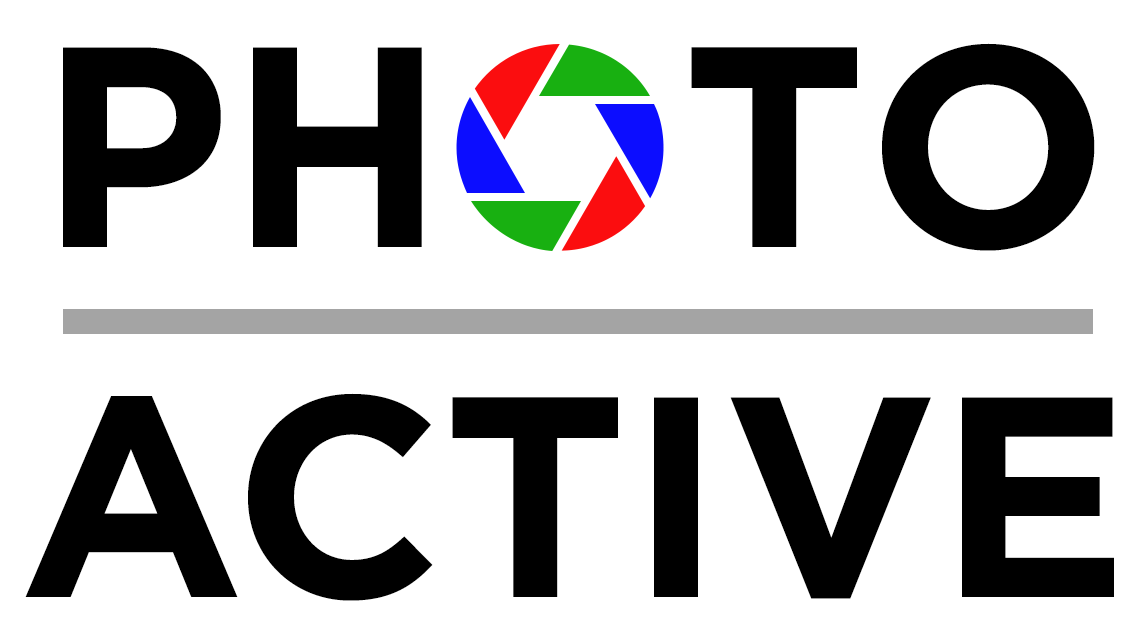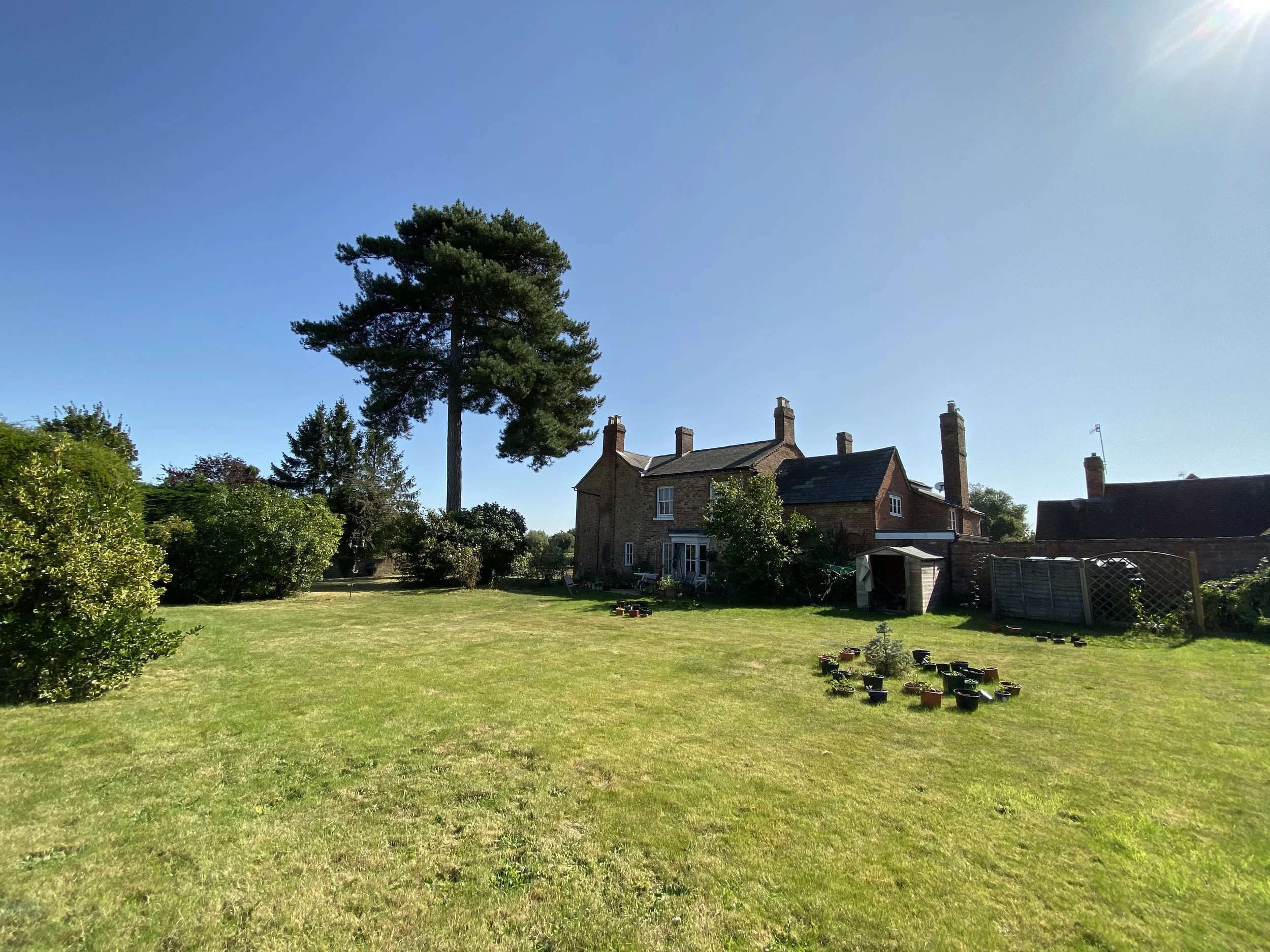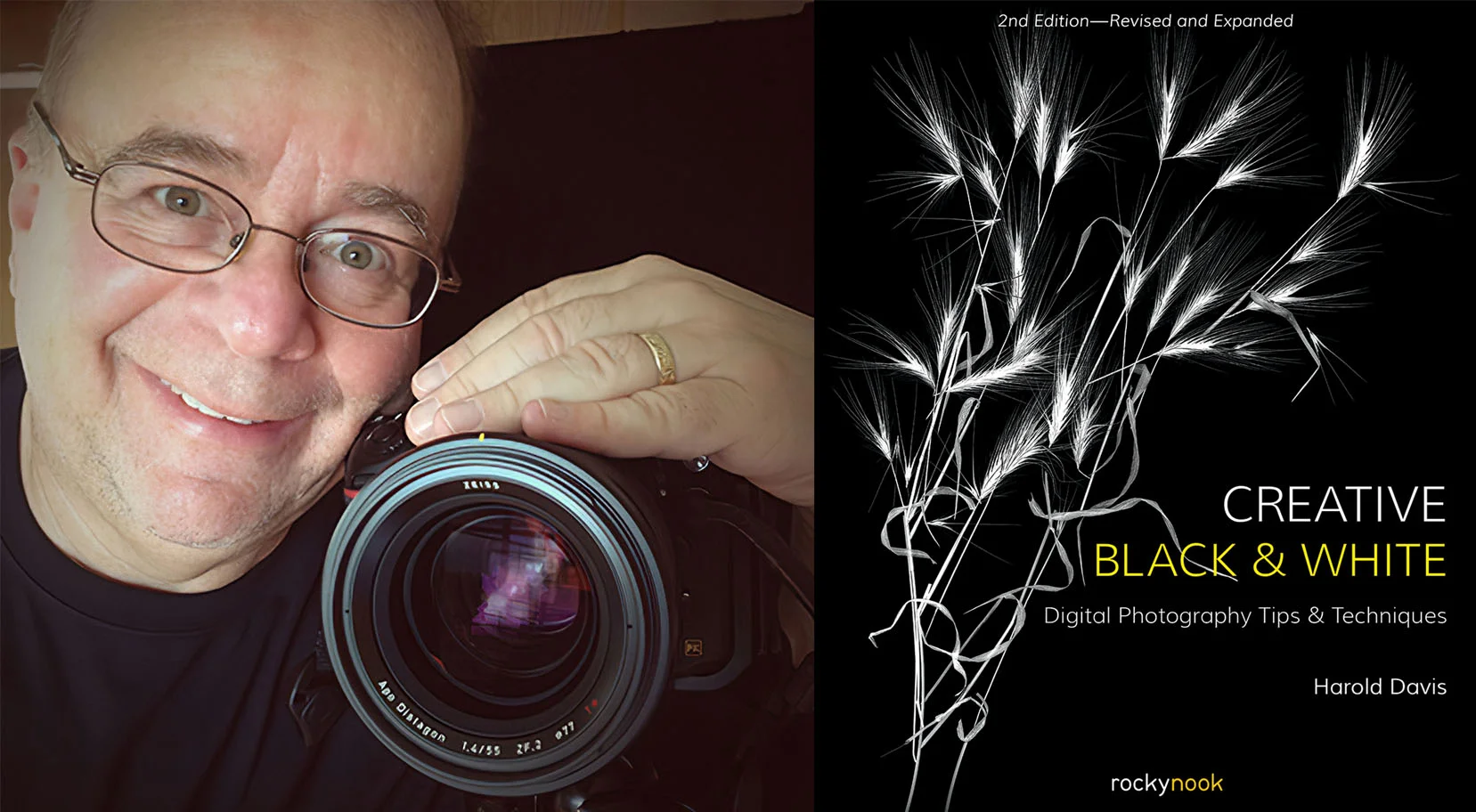Now that iOS 13, iPadOS 13, and macOS Catalina are out, Jeff and Kirk have some strong opinions on the changes made to the Photos app for each platform. It's time to rant a little.
Episode 54: Product Photography with Dan Bracaglia
How do you make product photos look fresh and interesting? Do you need a well-equipped studio? Dan Bracaglia shoots thousands of images of cameras and other accessories in his job as photo editor at DPReview. Dan joins Kirk and Jeff to answer those questions and more.
Episode 53: Focus Stacking
You can control depth of field in a photo using narrow apertures, but what do you do when that’s not enough to get everything in focus? For macro and some landscape photography, the answer is focus stacking, a technique that blends several images shot at different focal lengths. Kirk and Jeff talk about how it works and when you’d want to use it.
Episode 52: iPhones 11 and Semantic Rendering
Kirk and Jeff both bought the latest models of Apple’s digital camera - sorry, we mean the iPhone 11 and iPhone 11 Pro. Does adding a third camera make a difference? Is the ultra-wide camera just a gimmick? And what is “semantic rendering” anyway? We explain why nothing is really real, and yet these might be the best-looking photos people create.
Episode 51: Questions, Answers, and Geotagged Flowers
We solicited photography questions from the great folks in the PhotoActive Facebook group, and now we have answers! All the answers. Or maybe just the most interesting ones. But definitely some answers. Panoramas, shooting photos in public places, revealing edits, and more.
Episode 50: Harold Davis Creative Black & White
Artist, photographer, and writer Harold Davis joins us to discuss his new book _Creative Black & White, 2nd Edition_, and we talk about the photographer as artist, and how to see the world in monochrome.
Episode 49: Creating Panoramas
You want to capture a wide-angle shot, but what if your widest lens isn’t wide enough? In this episode, Jeff and Kirk talk about creating panoramas, from the ingenious Pano mode in the iPhone’s Camera app to stitching many images from traditional cameras or drones.
Episode 48: Adventures with Dan Bailey
Photographer Dan Bailey is our guest this week to talk about his book FUJIFILM X Series Unlimited: Mastering Techniques and Maximizing Creativity with Your FUJIFILM Camera—though we’re not focusing on Fujifilm cameras. We’re more interested in questions such as how many of your camera’s features you should understand, whether technical details really matter, and how Dan became a pro photographer and expert in the first place.
Episode 47: Jeff Becomes an Event Photographer
Recently, Jeff was the event photographer for the CreativePro Week 2019 conference in Seattle, a task that requires a different approach to making photos. You've probably been asked to shoot some type of event, so we talk a little about specific gear to deal with low-light situations and catching candid shots in a crowded setting.
Episode 46: Pet Photography with Norah Levine
When you think of portrait photography, do you envision tails and fur? This week, we talk to Norah Levine about her book _Pet Photography: The Secrets to Creating Authentic Pet Portraits_, and how to take great photos of four-legged (or winged) family members.
Episode 45: Photo Editing Applications
Maybe you've used Apple Photos and are looking for more editing features, or perhaps you're in the Lightroom ecosystem and weary of subscription pricing. In this episode, Kirk and Jeff chat about other photo editing applications you may not be aware of.
Episode 44: Minimalist Photographer Michael Kenna
Michael Kenna has been photographing for 45 years, and is well known for his minimalist, black-and-white landscape photos. Kirk took a trip to Bosham, on the southern coast of England, to see a 45-year retrospective exhibit of his work, and to talk with Michael Kenna about his photography.
Episode 43: Autofocus with Rishi Sanyal
You rely on your camera’s autofocus feature, but how does it work? Phase-detection, contrast-detection, machine-learning algorithms, AF-C, AF-S… autofocus quickly becomes a complicated subject for any photographer to keep straight while shooting. Rishi Sanyal, Science Editor at DPReview.com, joins us for this breakdown of autofocus works and how you can use it more effectively.
Episode 42: Memory Cards
Your camera stores photos on memory cards, but trying to understand them is a confusing mess of acronyms, speed claims, and marketing. What’s the difference between a UHS-I SD card and a UHS-II card? We break it all down, including why you may not want the fastest (and more expensive) cards available.
Episode 41: Bird Photography with Marie Read
We’re excited to welcome Marie Read, author of the book Mastering Bird Photography (Rocky Nook), to the podcast. She talks about getting started with bird photography, where to find interesting birds, and, yes, we necessarily talk a bit about gear, since a good telephoto lens is essential for this type of photography.
Episode 40: Location Exploration with HoudahGeo
Where did you take that photo? Nearly every smartphone records its position when it captures an image, but very few cameras do. In this episode, we talk to Pierre Bernard, developer of the Mac application HoudahGeo, about how and why you'd want to geotag your photos.
Episode 39: Tripods with Mason Marsh
Many photo situations call for stability, and that means setting up a tripod. But the options when choosing one quickly become complicated: height, weight, materials, price, and don’t forget the head that holds the camera. To help sort it all, we welcome photographer, educator, and former photojournalist Mason Marsh to the show.
Episode 38: Levels and Curves with Nik Bhatt
We welcome back Nik Bhatt, of Gentlemen Coders and RAW Power fame, to pick his brain on editing photos using levels and curves: what the differences are between the two tonal adjustment tools, and how to use them. We also talk about understanding the histogram, and touch on editing white balance and why we may be using the eyedropper tool wrong.
Episode 37: Backups and 360-degree Cameras
We're tackling two topics in this episode. First up, all-important backups! We emphasize backups all the time, but what does a good backup system look like? Then, after the break, we turn a never-ending corner and look at 360-degree photography, an interesting and creative niche.
Episode 36: Photographing with Constraints
In this episode of PhotoActive, we have some specific ideas about photographing with constraints. Whether you’re looking to expand your knowledge of individual shooting features (such as aperture or shutter speed) or get out of a creative rut, imposing constraints on yourself can actually turn out to be a freeing exercise.




















